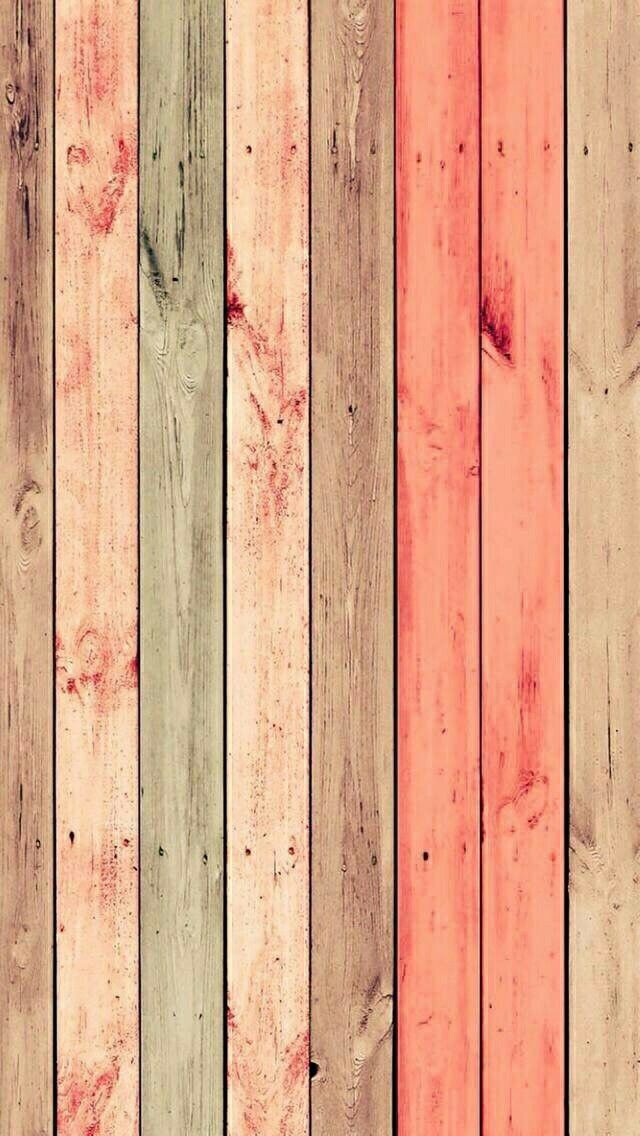Seamus Heaney e W.B. Yeats
Seamus Heaney e W.B. Yeats
Molti critici vedono in Heaney un successore di Yeats, per esempio Cristopher T. Marlone, afferma:
While Romantic Ireland is lost for Yeats, for poets who follow him the mithos of place continue to shape conceptions of National community. Northern Irish poets in particular have struggled in its absence to find authority to inscribe the space of home, responding to cultural pressures associated with Yeats legacy[1].
Per comprendere a fondo il legame tra Yeats e Heaney, utilizzeremo le sue parole. Nel saggio intitolato “Yeats come esempio?” (Preoccupations), notiamo come Heaney ammira il modo in cui Yeats riesce ad unire la sua vita alla sua opera in un continuum e il modo in cui fronteggia il mondo secondo le proprie convinzioni, tal volta dando di se un’immagine di uomo arrogante.[2] Neil Concoran definisce questo saggio, il cui titolo era quello di un saggio elogiativo scritto da W.H. Auden nel 1940, come “…one of the most spirited of Heaney’s earlier essays, in which we witness his approach to another writer with the clear awareness that this is going to be a significant phase of self-development. The essay notices, as much criticism has, something cold, violent and implacable in Yeats’s art, and asks if this can be regarded as in any way exemplary.”[3]
Per Heaney, la risposta è si, perché Yeats è un grande esempio di perseveranza e fatica per lo scrittore in carriera, ti ricorda che revisioni e lavoro duro sono ciò a cui devi sottostare se sei alla ricerca della soddisfazione del lavoro finito; ti invita a rinnovarti sempre, per esempio se un poeta riesce a fare un certo tipo di poesia alla maniera che più gli appartiene, dovrebbe buttare a mare quella maniera e rivolgersi ad un’altra regione della sua esperienza fino trovare una nuova voce che esprima tale regione in maniera appropriata[4].
Anni dopo, nel suo discorso di accettazione del Nobel, Crediting Poetry, egli lo elogia più volte come punto di partenza e di costante riferimento:
“When the poet W.B. Yeats stood on this platform more than seventy years ago, Ireland was emerging from the throes of a traumatic civil war that had followed fast on the heels of a war of independence fought against the British. The struggle that ensued had been brief enough; it was over by May, 1923, some seven months before Yeats sailed to Stockholm, but it was bloody, savage and intimate, and for generations to come it would dictate the terms of politics within the twenty-six independent counties of Ireland, that part of the island known first of all as the Irish Free State and then subsequently as the Republic of Ireland.
Yeats barely alluded to the civil war or the war of independence in his Nobel speech.[…] Nobody understood better than he the connection between the construction or destruction of state institutions and the founding or foundering of cultural life but on this occasion he chose to talk instead about the Irish Dramatic Movement […]”
Poi ricorda la famosa lirica sul nido, costruito da uno storno nella fessura della vecchia parete accanto alla finestra di Yeats, contenuta nella sequenza poetica Meditations in Time of Civil War. La lirica ci permette di immaginare le api che fanno il nido nelle fessure di costruzioni in rovina, là dove le madri degli uccelli nutrono i piccoli. Immagini di guerra civile, un soldato morto nella strada, davanti a queste visioni il cuore si indurisce e si riempie di rancore e l’unica speranza è rappresentata dalla dimora che il poeta chiede alle api di costruire.
The bees build in the crevices
Of loosening masonry, and there
The mother birds bring grubs and flies.
My wall is loosening; honey-bees,
Come build in the empty house of the stare.
We are closed in, and the key is turned
On our uncertainty; somewhere
A man is killed, or a house burned,
Yet no clear fact to be discerned:
Come build in the empty house of the stare.
A barricade of stone or of wood;
Some fourteen days of civil war;
Last night they trundled down the road
That dead young soldier in his blood:
Come build in the empty house of the stare.
We had fed the heart on fantasies,
The heart’s grown brutal from the fare;
More substance in our enmities
Than in our love; O honey-bees,
Come build in the empty house of the stare
Gilbert Durand, nella sua dettagliata introduzione all’archetipologia generale, pone il nido tra i contenenti, come la coppa o la casa, simboli che rimandano al ventre materno[5]. A tal proposito Heaney, in conclusione del discorso cita i versi della lirica che costituiscono una sorta di refrain ”Come build in the empty house of the stare”; ritorna la parola “house”, la dimora, che rimanda al ventre materno e a nostro avviso alla madre patria che accomuna i due poeti.
MacDonagh nella sua Litterature in Ireland, per dimostrare che alcune pratiche della metrica gaelica erano presenti nella generazione di Yeats, cita la prima canzone di “Deirde”
‘Why is it’, Queen Edain said,
‘If I do but climb the stair
To the tower overhead,
When the winds are calling there,
Or the gannets calling out
In waste places of the sky,
There’s so much to think about
That I cry, that I cry?’
MacDonagh commenta:
This poem is really syllabic, seven syllables to the line, like one species of Deibidhe poems in Irish – without, of course, the arrangements of assonance. I do not know if Mr. Yeats is aware of this syllabic measure; but again and again in his poems and in the poems of many contemporary Irishmen I find this tendency.[6]
In Preoccupations, Heaney ammette che in tempi in cui lo spirito dell’epoca stava diventando sempre più scientifico e secolare, Yeats e i suoi amici si impegnarono in un movimento che egli definisce “deliberatamente contro culturale”, per recuperare le fate, per rendere il mondo più magico che materialistico, per sfuggire le interpretazioni sociali e politiche della nazione a favore di una visione leggendaria e letteraria della razza. Yeats aveva un duplice scopo, da un lato far riemergere un corpo di antiche leggende e credenze popolari, che la madre, nostalgica della contea di Sligo, gli raccontava da bambino. Dall’altro lato, completare il rinato sentimento di un luogo storico con altre associazioni maturate dalla letteratura irlandese moderna, radicata nella propria regione e nella propria lingua. Da quel momento fu concepito un nuovo paese della mente in inglese, l’ovest immaginato dai poeti, pieno di pescatori tragici e contadini poetici. D’altronde, come aveva osservato Carson McCullers, per sapere chi sei devi avere un luogo dal quale provenire.[7]
[1] Malone, Christopher T., Writing Home: Spatial Allegories in the Poetry of Seamus Heaney and Paul Muldoon, ELH, Volume 67, Number 4, Winter 2000 (Article). Published by The Johns Hopkins University Press p. 1083
[2] Cfr Seamus Heaney, Attenzioni; Preoccupations- Prose Scelte 1968-1978, a cura di Massimo Bacigalupo, trad. Piero Vaglioni, Fazi Editore, Roma 2004 p. 112
[3] Cfr Neil Concoran, Heaney and Yeats, Cambridge Companion to Seamus Heaney, Cambridge Collections Online, Cambridge University Press, 2009, p. 167
[4] Cfr, Seamus Heaney, op. cit., p.125
[5] Cfr Gilbert Durand, Durand, Gilbert, Le Strutture Antropologiche dell’Immaginario,Introduzione all’archetipologia generale,Edizioni Dedalo, Bari, 2009, 262,313
[6] Bernard O’Donoghue, Seamus Heaney and the Language of Poetry, Biddles Ltd, Guilford and King’s Lynn, Great Britain, 1994pp. 30, 31
[7] Seamus Heaney, op.cit, pp. 158, 159



I’m reading your website and an excellent way to promote
your content came to my mind. Search in google for:
Willard’s Tips – SM Traffic